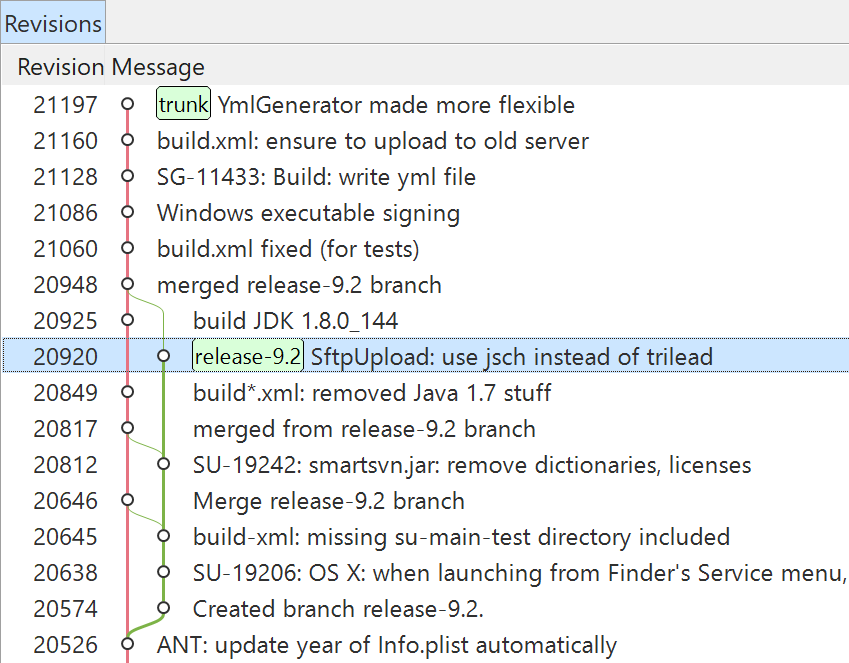

Developers actually take check out from a directory where main development happens, and it’s called ‘Trunk ’.Branches come in handy when you are looking to deliver parts of code in multiple sprints (an agile paradigm). Working on different modules and want to merge code later? Well !! SVN provides branches for that you can cut a branch from the main branch and place your modules/set of code into it.Once you do this, a tracking version will be assigned to the respective files, and other developers can update that they have checked out codes from the SVN repository so your work doesn’t get hampered any longer. Looking to add code on the same file/ service class/repository? Just complete your part of the code and commit/push at SVN.The repository normally relies on a file server that runs the Subversion server program and supplies content to Subversion clients. SVN deals with a repository, primarily a place where your committed piece of code along with version history rests.Web development, programming languages, Software testing & others Benefits of SVN Start Your Free Software Development Course


 0 kommentar(er)
0 kommentar(er)
